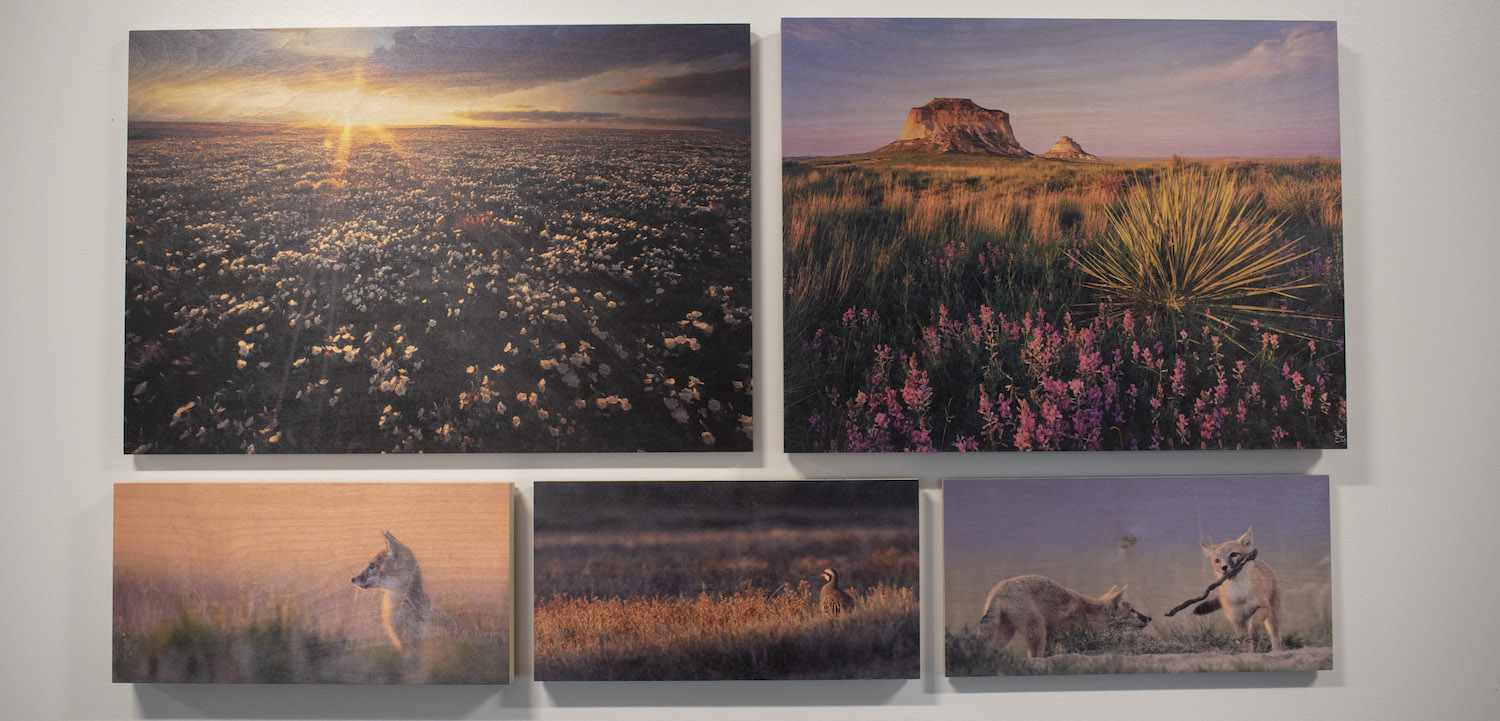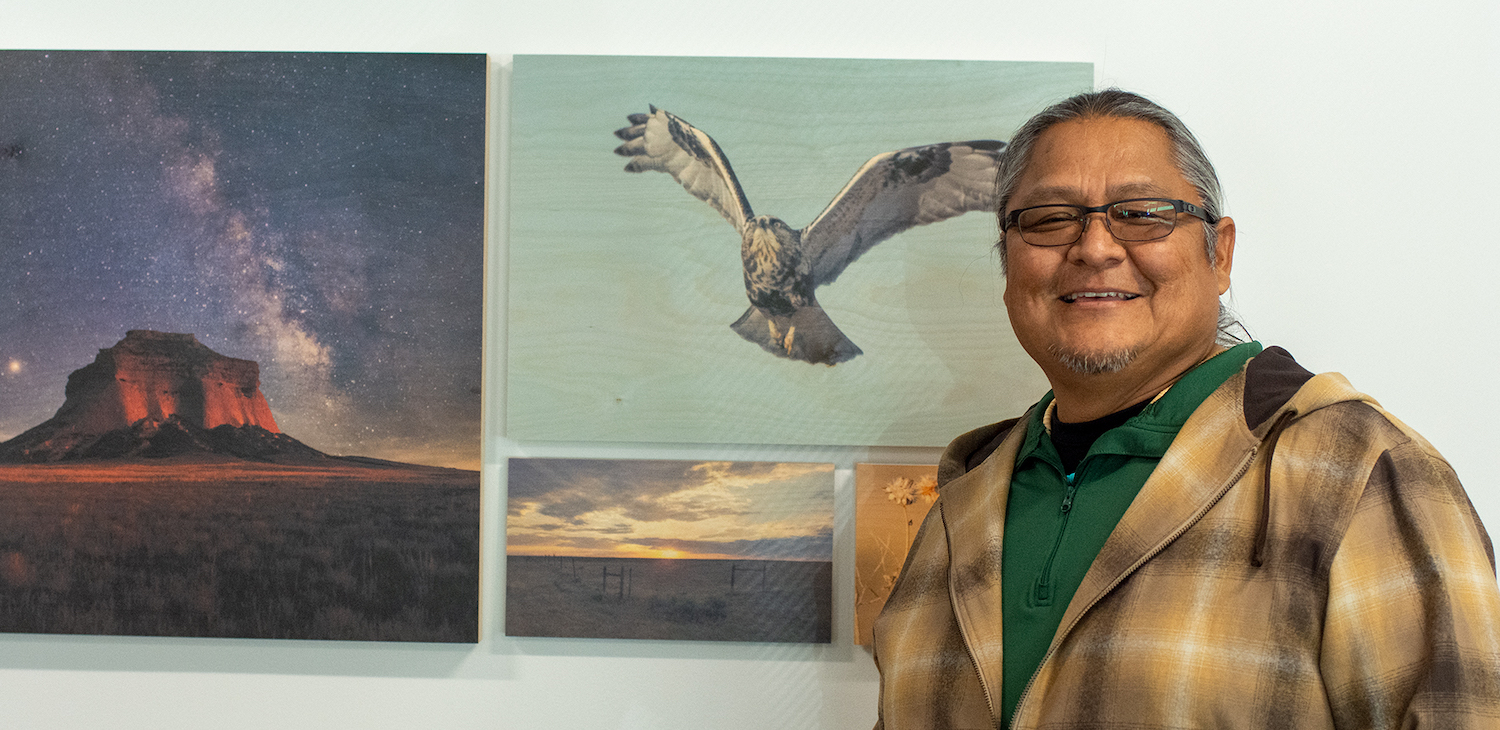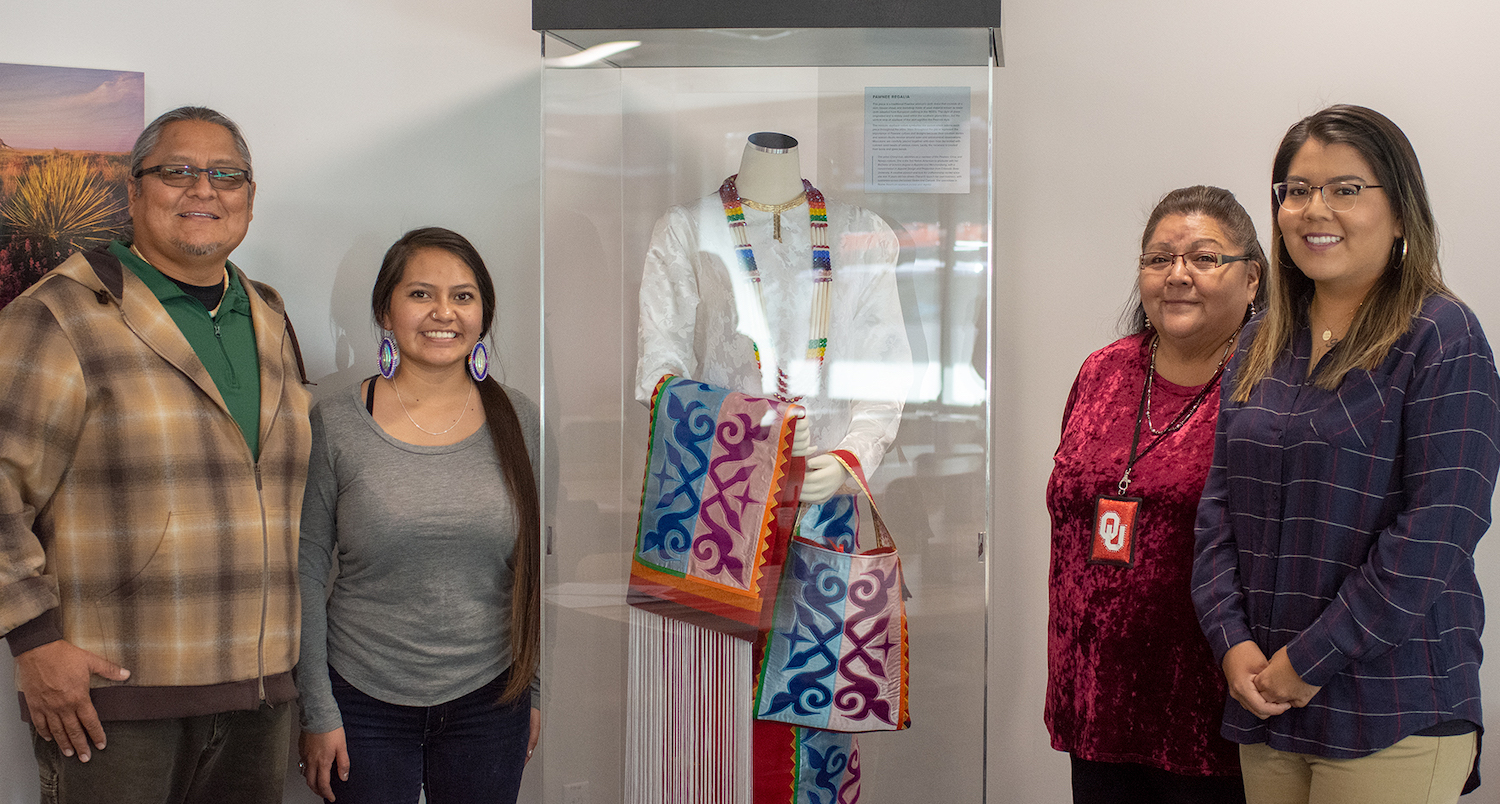
Creating spaces that give us the opportunity to honor our historic past has been at the forefront of building renovations and remodels at Colorado State University. The Foundry, the new dining center connecting Corbett and Parmelee Halls, is no exception. It houses eight micro-restaurants in a traditional food hall atmosphere, while incorporating design elements that give a nod to our area’s rich cultural history as a home to indigenous peoples and diverse communities, as well as to our roots as an agricultural college.
The Foundry also houses a private dining area, the Pawnee Grassland Dining Room, which can be reserved for special events and larger groups wanting to connect over a meal. The room takes its name from the Pawnee National Grassland, a protected area about 35 miles east of Fort Collins. It was the traditional and ancestral homeland of several indigenous tribes, including the Arapaho, Cheyenne, Lakota, and Pawnee. Through a collaborative effort between Housing & Dining Services, the Native American Cultural Center, and several local experts, CSU is able to honor and tell the story of the history and culture of the people who once occupied the land that is now Northern Colorado.
According to Ty Smith, CSU NACC Director, “It is important to have locations such as the Pawnee Grassland Room to educate and remind others about the Indigenous presence here in northern Colorado that predates Western colonization.”
Pawnee Grassland Room
Capacity: 40
Reservations: (970) 491-4754
Information required:
- Date/time/title of meeting
- Number of guests attending
- Method of payment (i.e. hospitality meal card, department dining card, or visiting group card)

Ty Smith, director of the Native American Cultural Center, with some of the art in the Pawnee Grassland Dining Room.
The Pawnee Grassland Room features several displays providing historic context and a land acknowledgment, as well as artwork and photographs illustrating the landscape, vegetation, and wildlife of the Grassland.
Land acknowledgment
CSU developed the land acknowledgment statement over the last couple of years, and it is displayed as part of an art installation in the Pawnee Grassland room. A land acknowledgment recognizes and respects Indigenous peoples as traditional stewards of these lands, and thus, the ties these nations have to their traditional territories continue to be renewed and reaffirmed. CSU’s land acknowledgment is the education and inclusion we must practice in recognizing our institutional history, responsibility, and commitment.
Statement on Land Acknowledgment at CSU
Colorado State University acknowledges, with respect, that the land we are on today is the traditional and ancestral homelands of the Arapaho, Cheyenne, and Ute Nations and peoples. This was also a site of trade, gathering, and healing for numerous other Native tribes. We recognize the Indigenous peoples as original stewards of this land and all the relatives within it. As these words of acknowledgment are spoken and heard, the ties Nations have to their traditional homelands are renewed and reaffirmed.
CSU is founded as a land grant institution, and we accept that our mission must encompass access to education and inclusion. And, significantly, that our founding came at a dire cost to Native Nations and peoples whose land this university was built upon. This acknowledgment is the education and inclusion we must practice in recognizing our institutional history, responsibility, and commitment.

From left are Smith, NACC intern Ashley Carlisle, CSU alumna Jan Iron of CSU Agricultural Experiment Station and her daughter, alumna and regalia designer Cheryl Iron.
A prominent feature of the room is a set of Native American regalia created by Cheryl Iron, the first Native American graduate of CSU’s Design and Merchandising program. Iron, whose ancestry is Pawnee, Crow, and Navajo, was born and raised in Fort Collins and graduated from CSU in 2017. Through her own business, she specializes in crafting Native American applique purses and regalia for customers across the U.S. and Canada.
Pawnee Grassland history
The Pawnee National Grassland and plains to the east encompasses two parcels of land totaling 193,060 acres. The area was part of the traditional Pawnee territory that dates as far back as the 13th century, but was also inhabited by the Arapaho, Cheyenne, and Lakota tribes. The high plains were prime grazing land for deer, antelope, elk, and buffalo and served as hunting grounds for generations of Native Americans. Despite historic and modern challenges, visitors are reminded that these sites should be protected and preserved.
For more information on the Pawnee National Grassland, visit the USDA Forest Service Arapaho & Roosevelt National Forests website.